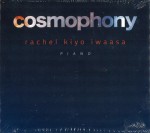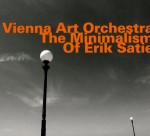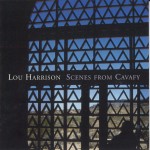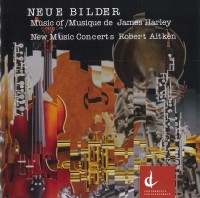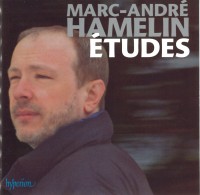Cosmophony - Rachel Kiyo Iwaasa
Rachel Kiyo Iwaasa
Redshift Records (www.cosmophony.com)
Canada is blessed with a remarkable roster of talented pianists who are dedicated to championing work by our country’s composers. We can add Vancouver’s Rachel Kiyo Iwaasa to that roster. As her bio says, she has “a shameless passion for contemporary music” and it shows on this solo debut for the Redshift Music Society. “Cosmophony”, as defined in the extensive liner notes, is a noun built on Greek roots and literally means “sound of the cosmos.” It is also the banner under which Iwaasa unites her favourite Canadian composers to create a recital album inspired by the planets. Completed over three years, “Cosmophony” starts with Denis Gougeon’s fiercely virtuosic Piano-Soleil and extends out across the solar system in a series of ten works from West-Coast composers, nine commissioned by Iwaasa expressly for this project. She has selected her contributors well, among them Rodney Sharman, Jeffrey Ryan, Marci Rabe, Jordan Nobles, Jennifer Butler and Emily Doolittle. They all use juxtapositions of science, mythology and astrology to depict their selected planets and amplify their individual voices. From Sharman’s truly mercurial Mercurio dal Ciel In Terra to Rabe’s intimate yet eerie Venus, and from Ryan’s scintillating Saturn: Study in White to Butler’s submerged sonics of Neptune, Iwaasa covers a range of moods and styles with great mastery. Noticeably absent is Pluto, which was delisted as a planet during the project’s development. It’s replaced here with Doolittle’s optimistic but ominous Gliese 581, evoking a distant planet we had hoped inhabitable. Matching “Cosmophony” with George Crumb’s ambitious Makrokosmos Volume II: 12 Fantasy Pieces after the Zodiac is a brilliant touch of programming, not only for its showcasing of Iwaasa’s full virtuosity – calling on a range of extended techniques – but also for its counterpoint to the more traditional technique required by the Canadian collaborators. Excellent recording quality and lovely packaging make this a strong release.


